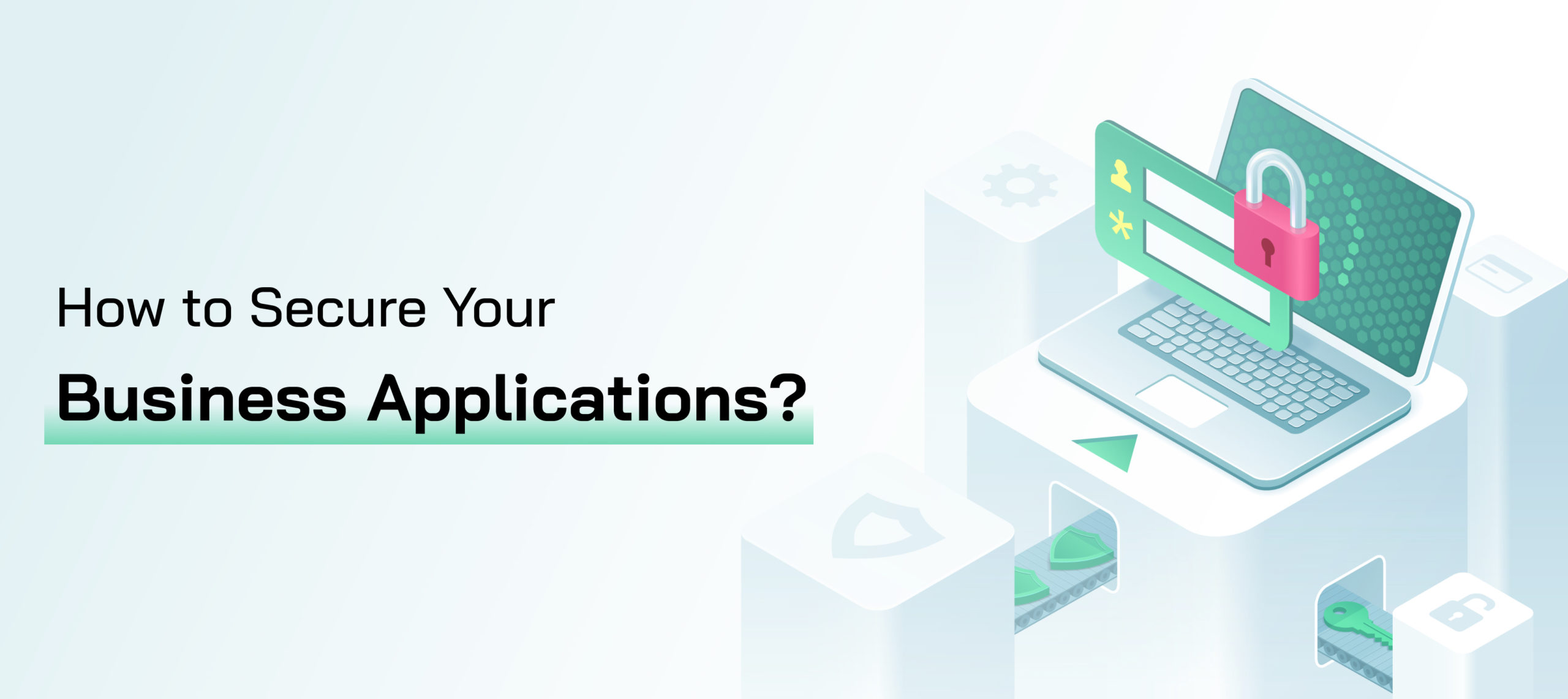No business is immune to data breaches, which is why Application Security Audit is necessary. By identifying and securing your business applications, you can protect your company’s data and prevent costly damages. In the following article, we will have a thorough discussion about the process of performing an application security audit. We’ll help you determine which applications need attention, identify sensitive data worth protecting, and build a security roadmap to secure your business applications.
What is Application Security Audit?
An app security audit is a comprehensive evaluation of the potential risks posed by an application. The purpose of an audit is to identify potential security vulnerabilities and recommend ways to mitigate them. Manual or automated tools may be used to perform application security audits.
Why Is Application Security Audit Necessary?
Data breaches are becoming more common, and no business is immune. By conducting an Application Security Audit, you can identify potential security risks before they lead to a data breach. In addition to protecting your data, securing your applications can also save your company money. A data breach may result in millions of dollars in damages, legal expenses, and lost revenue. When you perform a security audit, you can avoid these costly consequences.
When Should An Application Security Audit be Performed?
The frequency of your audits will depend on the size and complexity of your applications, as well as the sensitivity of the data they contain. However, we recommend conducting an audit at least once a year. You may also want to consider auditing your applications after any major changes, such as adding new features or integrations.
Application Security Audit Guide
1. Determine Potential Threat Actors
The first step in conducting an Application Security Audit is to identify a potential threat actor. A threat actor is any individual, group, or organization that has the ability to exploit a security vulnerability. When determining potential threat actors, consider their motivation, capability, and opportunity.
2. Identify Sensitive Data Worth Protecting
The next step is to identify sensitive data that is worth protecting. This might consist of Personally Identifiable Information (PII), Protected Health Information (PHI), or Intellectual Property (IP).
3. Map Out The Application’s Attack Surface
Once you have identified a potential threat actor and the data they are targeting, you can map out the application’s attack surface. The attack surface of the Application is the aggregate of all possible points of entry for an attacker.
4. Evaluate Application Security Process Pain Points
After mapping out the attack surface, you can identify and evaluate security process pain points. A pain point is an area of the security process that is inefficient or ineffective.
5. Build A Security Roadmap
Once you have identified and evaluated security process pain points, you can build a security roadmap. This roadmap should include a prioritized list of actions to improve the security of your applications.
6. Tighten Security For Your Apps
The final step in conducting an Application Security Audit is to implement the recommendations from your security roadmap. This may include implementing new security controls, such as authentication or authorization measures.
Application Security Audit Benefits
By conducting an Application Security Audit, you can:
- Improve the security of your applications
- Protect sensitive data
- Save your company money
- Avoid costly data breaches
- Comply with industry regulations
- Demonstrate due diligence to customers and partners
- Learn more about your attack surface in order to better comprehend it
- Find and address the pain points in your security procedure
Application Security Audit Challenges
While Application Security Audits can be beneficial, they also come with some challenges. These challenges include:
- The cost of conducting an audit
- The time required to conduct an audit
- The necessity for specific skills and qualifications
- The difficulties of keeping application security up after the assessment
Secure Your Business With Application Security Audit
Despite the challenges, Application Security Audit is a necessary part of securing your business. By conducting an audit, you can improve the security of your applications, protect sensitive data, and save your company money.
Conducting an Application Security Audit is a vital part of protecting your business. By auditing your apps regularly, you can avoid costly data breaches, comply with industry regulations, and demonstrate due diligence to customers and partners. Another way to secure your application is using desktop virtualization with a backup solution and hosting data in the cloud. Employees are allowed to securely access sensitive files anywhere, at any time.
Conclusion
Application Security Audit is a critical part of securing your business. By conducting an audit, you can improve the security of your applications, protect sensitive data, and save your company money.
